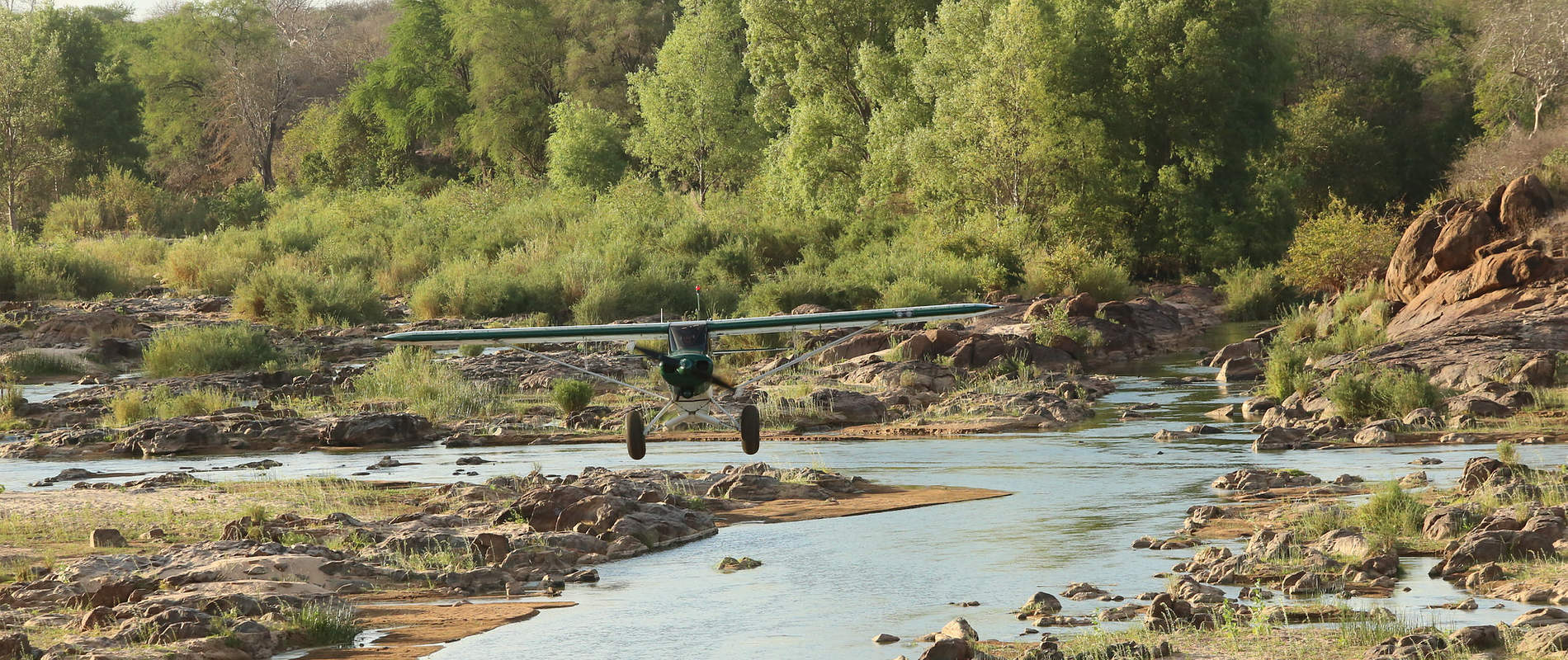October is historically the toughest month in Tsavo because by this point the Park and rangelands are extremely dry
October is historically the toughest month in Tsavo because by this point the Park and rangelands are extremely dry. Wildlife at this time is dependent on springs and rivers, whilst the surrounding human populations are hungry and desperate too. The Aerial Unit as a result has been extremely active this month, covering all corners of both Tsavo East and West as well as Amboseli National Park and the Trust’s Amu Project in Lamu County.
This month the number of elephant carcasses sighted from the air has spiked compared to previous months, with crude use of cable snares and arrows being the method of choice by poachers. Six carcasses were sighted from the air in total, four had the tusks still intact which were recovered and handed in to KWS, whilst two were missing their tusks.
Six elephants were treated with help from the Trust's helicopter and fixed-wing aircrafts with veterinary treatments carried out by both the DSWT/KWS Tsavo Mobile Veterinary Unit and DSWT/KWS Amboseli Mobile Veterinary Unit supported by the DSWT Aerial Unit and ground teams.
Other emergency reports attended to by the Aerial Unit included mitigating human-wildlife conflict where elephants were found raiding community areas and three giraffe were caught between the Park and the community.
Regular patrols were also carried out throughout the month with a focus on the Northern area of Tsavo East National Park where incidences of logging and illegal cattle were sighted and followed up by ground teams. Charcoaling was also prolific this month both inside and outside the National Parks.
You can read the DSWT’s full Aerial Unit Report here:
